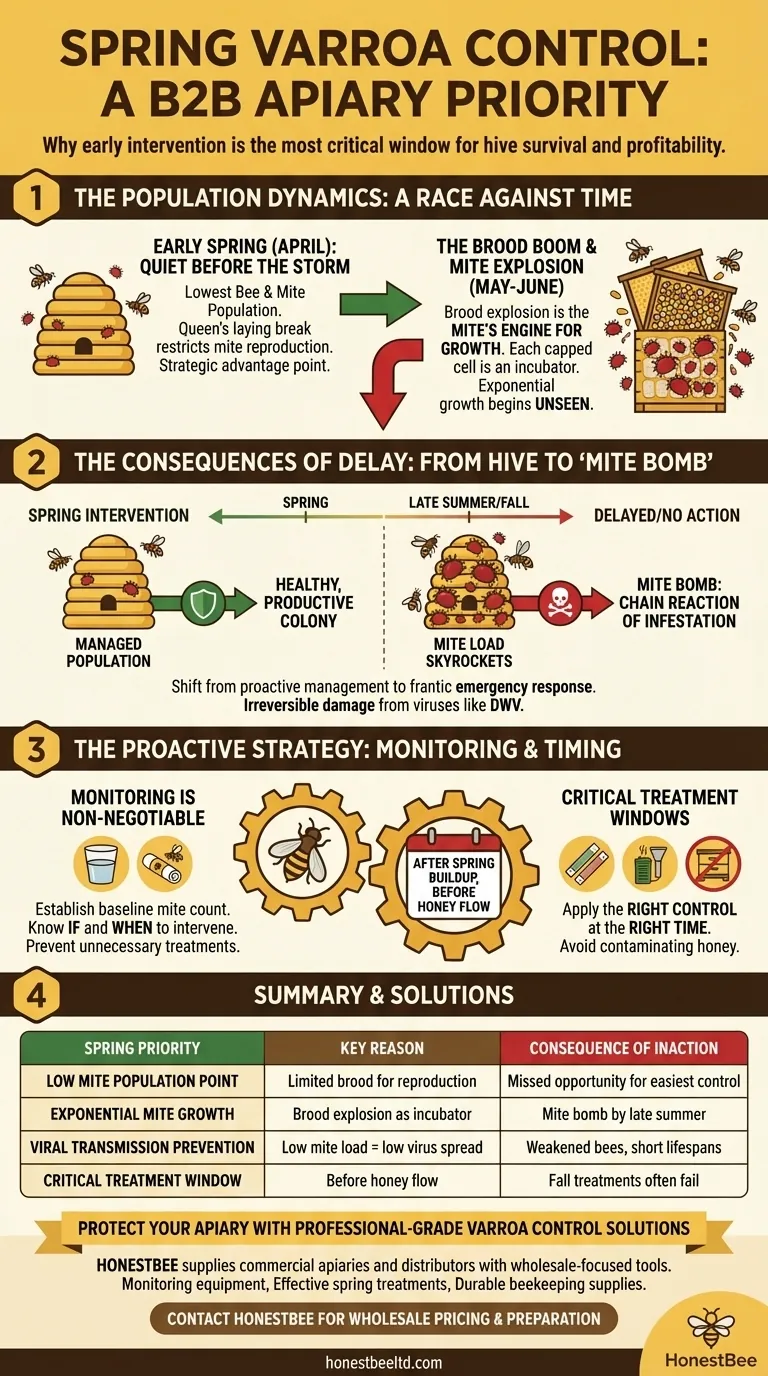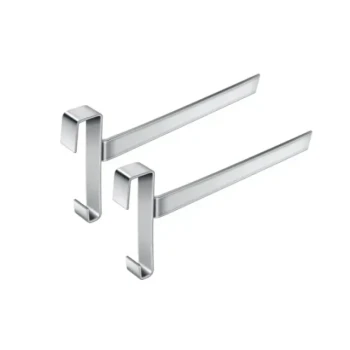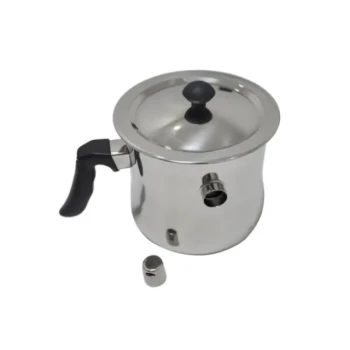In beekeeping, spring is the most critical window for managing Varroa mites. Failing to control mite populations during this period is not just a minor setback; it's the primary factor that leads to colony collapse later in the year. Effective Varroa control is a proactive strategy focused on preventing an inevitable population explosion, not a reactive measure to an existing problem.
The core principle is simple: you are in a race against exponential growth. A small, manageable mite population in April can explode into a colony-killing force by August. Spring intervention is your single greatest point of leverage to ensure your hives survive the season.

The Population Dynamics: A Race Against Time
To understand why spring is so crucial, you must understand the interconnected growth cycles of honey bees and Varroa mites. The fate of the colony is sealed by how these two populations develop in relation to each other.
Early Spring: The Quiet Before the Storm
A colony emerging from winter has its smallest population of the year. Critically, it also has its lowest number of Varroa mites.
The queen has been on a laying break or laying very little, which has restricted the mites' ability to reproduce, as they require capped brood cells to multiply. This low starting point is a strategic advantage you cannot afford to ignore.
The Brood Boom: The Mite's Engine for Growth
As days lengthen and nectar flows begin, the queen ramps up her egg-laying dramatically. This explosion of bee brood is the engine that drives the colony's growth.
Unfortunately, it is also the engine that drives the Varroa mite's growth. Each new cell of capped brood is a potential incubator for more mites. A single female mite enters a cell just before it's capped, lays several offspring, and they emerge with the new bee.
The Unseen Threat: How Mite Growth Explodes
The mite population grows exponentially right alongside the bee brood. Early in spring, the ratio of mites to bees is low, and the hive appears healthy. This is deceptive.
Because Varroa reproduction happens unseen beneath the brood caps, beekeepers can be lulled into a false sense of security. By the time mite-related symptoms become obvious—such as deformed wings or a dwindling population—the infestation has already reached a critical, often irreversible, level.
The Consequences of Delay
Postponing Varroa management until summer or fall is a common and devastating mistake. It shifts your role from that of a proactive manager to a frantic emergency responder, often when it's already too late.
The Path to the "Mite Bomb"
An untreated hive will see its mite load skyrocket by late summer. As the bee population naturally declines after the summer solstice, the ratio of mites-per-bee spikes dramatically.
This leads to a weak, dying colony known as a "mite bomb." As the hive collapses, its remaining bees attempt to rob or join neighboring hives, carrying their massive mite load with them and creating a chain reaction of infestations throughout your apiary and others nearby.
Weakened Bees and Rampant Viruses
Varroa mites don't just kill bees by feeding on their fat body tissue. Their primary danger is their role as a vector for deadly viruses, most notably the Deformed Wing Virus (DWV).
A low mite load means low virus transmission. A high mite load means the virus runs rampant, creating a generation of weak, sick bees with short lifespans that are incapable of foraging, defending the hive, or surviving the winter.
Why Fall Treatments Are a Last Resort
Treating a heavily infested colony in the fall is a desperate gamble. Even if you successfully kill the majority of the mites, the damage is already done.
The bees that are meant to carry the colony through the winter have already been compromised by viruses and parasitic feeding. They are physiologically unfit for the long, cold months ahead, and the colony often perishes anyway.
Understanding the Trade-offs of Spring Control
While essential, spring Varroa management requires careful planning. It’s not just about applying treatment, but about applying the right control at the right time.
Monitoring Is Non-Negotiable
You cannot manage what you do not measure. A spring treatment strategy must begin with monitoring to establish a baseline mite count.
An alcohol wash or a powdered sugar roll of approximately 300 bees provides a clear percentage of infestation. This data tells you if and when you need to intervene, preventing unnecessary treatments in low-mite colonies.
Treatment Windows and Honey Production
A significant challenge is that many of the most effective synthetic miticides cannot be used when honey supers—the boxes used for collecting surplus honey—are on the hive.
This creates a critical window for action: after the initial spring buildup but before the main honey flow begins. Alternatively, beekeepers can use organic acids (like formic or oxalic acid) or other methods that are approved for use during a honey flow, though they may have different efficacy rates and temperature constraints.
A Proactive Strategy for Hive Survival
Your approach to Varroa management defines your success as a beekeeper. Moving from a reactive to a proactive mindset is the most important shift you can make.
- If you have an overwintered colony: Assume it has mites and monitor its levels as soon as the weather allows. This is your top priority.
- If you are installing a new package or nuc: Your starting mite load is likely low, but you must monitor in late spring/early summer to confirm this and be ready to act.
- If your goal is treatment-free beekeeping: Your focus must be on using mite-resistant bee genetics and other management techniques, but you still must monitor relentlessly to remove failing colonies before they become mite bombs.
Ultimately, controlling Varroa mites in the spring is your most powerful tool for ensuring strong, productive, and healthy hives that can survive the year.
Summary Table:
| Spring Varroa Control Priority | Key Reason | Consequence of Inaction |
|---|---|---|
| Low Mite Population Starting Point | Mites have limited brood for reproduction | Missed opportunity to control at easiest stage |
| Exponential Mite Growth | Brood explosion acts as mite incubator | Colony becomes a "mite bomb" by late summer |
| Viral Transmission Prevention | Low mite load means low virus spread | Bees weakened by viruses like Deformed Wing Virus |
| Critical Treatment Window | After spring buildup, before honey flow | Fall treatments often fail due to irreversible damage |
Protect Your Apiary with Professional-Grade Varroa Control Solutions
Spring Varroa management is your single most important beekeeping task. Don't leave your colony's survival to chance. HONESTBEE supplies commercial apiaries and beekeeping equipment distributors with the wholesale-focused tools and equipment needed for effective spring mite control.
We provide:
- Monitoring equipment for accurate mite counts
- Effective treatment options suitable for spring application
- Durable beekeeping supplies built for commercial operations
Contact HONESTBEE today to discuss wholesale pricing and get your apiary prepared for successful spring Varroa management.
Visual Guide

Related Products
- Adjustable Formic and Acetic Acid Dispenser for Bee Mite Treatment
- Varroa Easy Check Mite Tester Kit Counter Alcohol Wash Jar
- Economy Galvanized Beekeeping Honey Bee Smoker for Wholesale
- Professional Bee Smoker with Elongated Spout and Durable Bellows for Beekeeping
- Professional Galvanized Hive Strap with Secure Locking Buckle for Beekeeping
People Also Ask
- What are the symptoms of Varroa Mite Syndrome (VMS)? Recognizing the Signs of Colony Collapse
- What should beekeepers do to manage varroa mites effectively? Adopt a Proactive Monitoring Strategy
- How do Varroa mites spread between honey bee colonies? Stop Mite Transmission in Your Apiary
- What is the focus of hive management during summer? Maximize Your Honey Harvest with Expert Tips
- How can beekeepers ensure their hives survive the winter? A Guide to Colony Survival



















